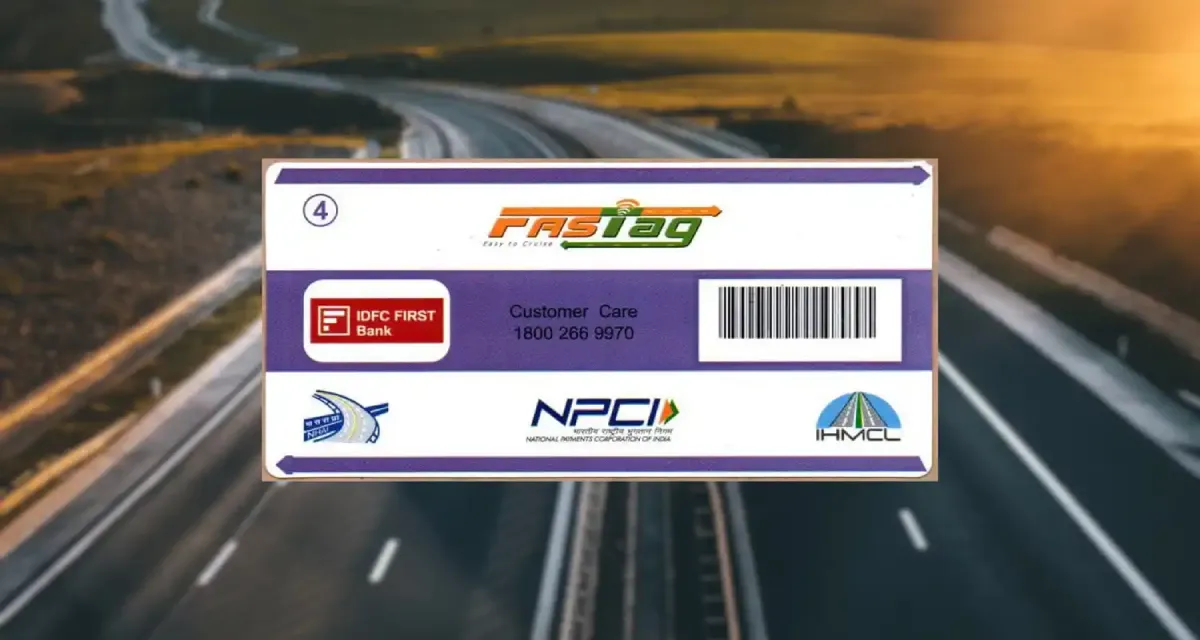

The country is set to undergo a significant transformation within the automotive industry. Reportedly the system of FASTag will be replaced with GNSS (Global Navigation Satellite System) as directed by the government protocols. This system aims to eliminate the long booth streamline the system and pace up the journey time.
A few years ago, the Indian government made FASTag mandatory for all vehicles. This system was introduced to reduce the long lines at toll plazas. While FASTag did help, it also had some limitations. Sometimes, drivers still find themselves stuck in long lines because the cards cannot be read properly, causing delays and traffic jams. To address these issues, the GNSS system is being tested.
The GNSS system eliminates the need for physical toll booths. It uses GPS and GPS-Aided GEO Augmented Navigation (GAGAN) to track a vehicle's location accurately. The toll is calculated based on the distance traveled on highways. This means drivers will no longer have to stop at toll booths, and everyone will pay a fair amount for the distance they travel.
With the GNSS system, toll payments will be automatically deducted from a digital wallet linked to the user's account. This reduces the hassle of manual payments. Initially, the GNSS system will be integrated with the existing FASTag system. Some toll lanes will be upgraded to accept GNSS, and over time, the system will be expanded. The GNSS technology is already being tested on the Bengaluru-Mysore and Panipat-Hisar National Highways.
In the beginning, the GNSS system will work alongside the FASTag system. Selected toll lanes will be equipped to accept GNSS payments. This gradual integration will ensure a smooth transition from FASTag to GNSS. The goal is to make the process seamless for drivers and reduce the time spent at toll booths.
The GNSS system offers several benefits. It aims to solve the problems of long queues and payment delays at toll plazas. Since tolls will be calculated based on the distance traveled, it ensures fair payment. The system also aims to prevent toll evasion, as it accurately tracks the vehicle's journey. Additionally, the automatic deduction from digital wallets makes the process hassle-free for users.
The introduction of the GNSS system marks a significant step towards modernizing India's toll collection system. By leveraging advanced GPS technology, the government aims to create a more efficient and user-friendly system. As the GNSS system becomes more widespread, it is expected to further streamline road travel and reduce congestion at toll plazas.
In Summary, The shift from FASTag to GNSS in India represents a major improvement in toll collection. By using advanced satellite technology, the GNSS system aims to eliminate the need for physical toll booths and make toll payments more efficient. This change promises to reduce delays, ensure fair payments, and enhance the overall road travel experience. As the GNSS system is gradually integrated and expanded, it is set to transform the way tolls are collected in India, benefiting both drivers and the overall traffic management system.
Also Read: